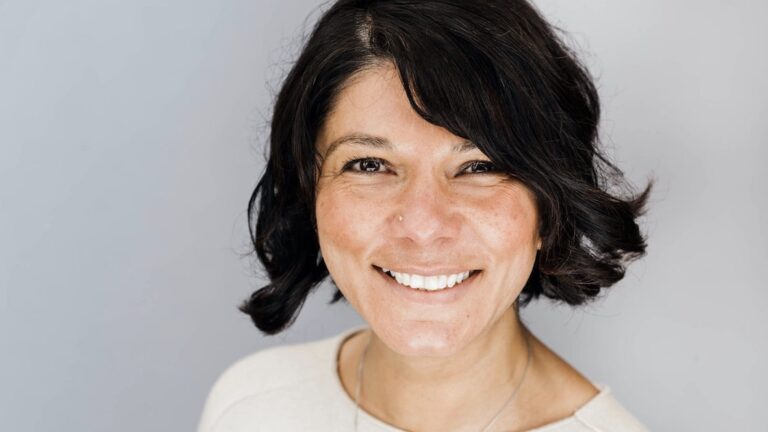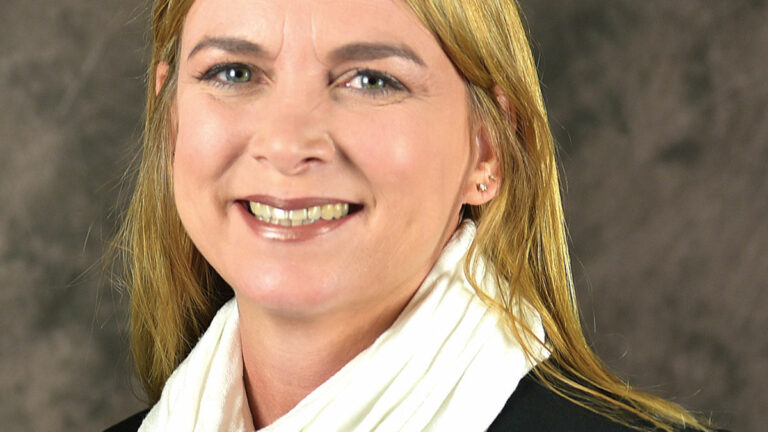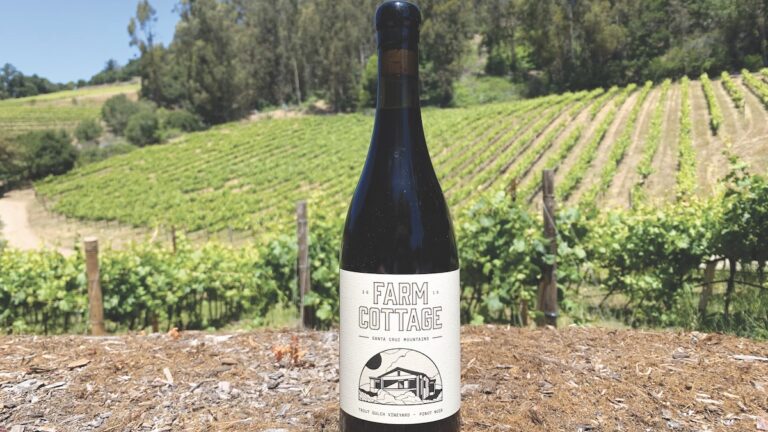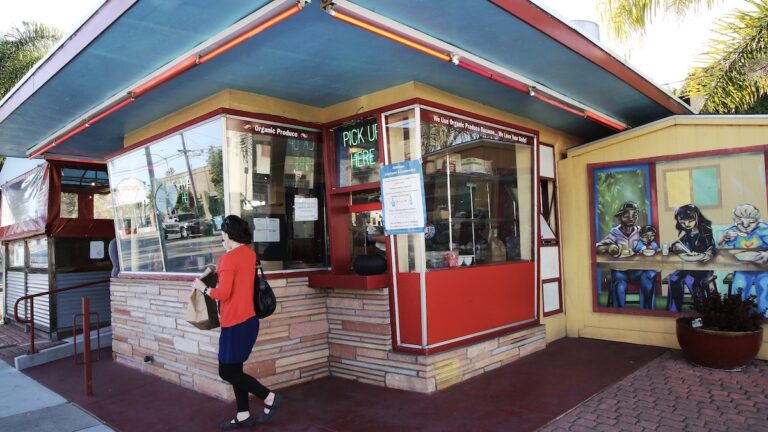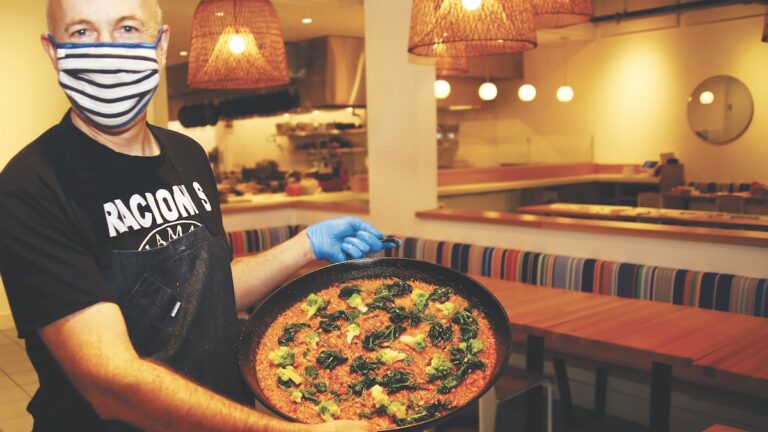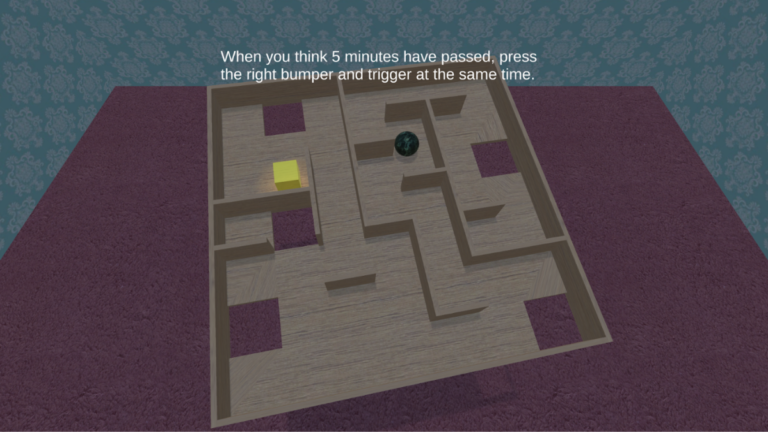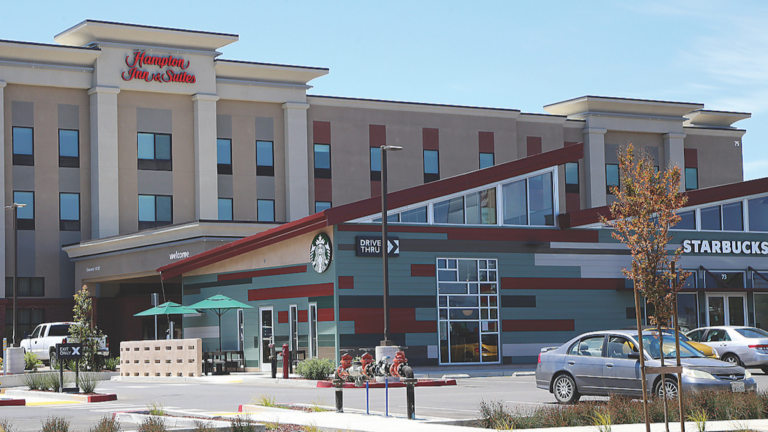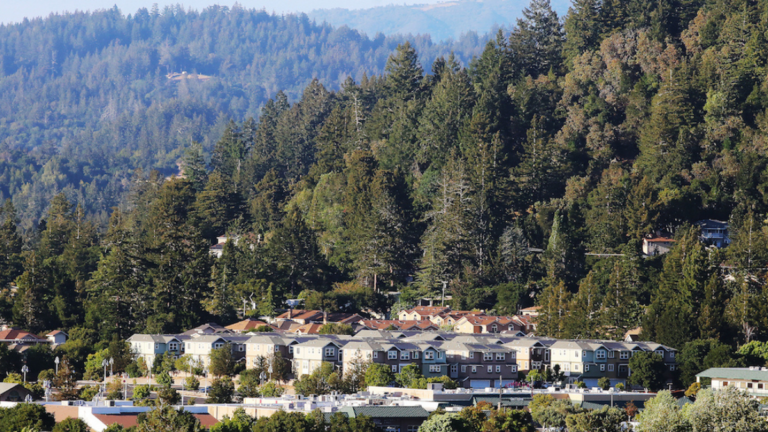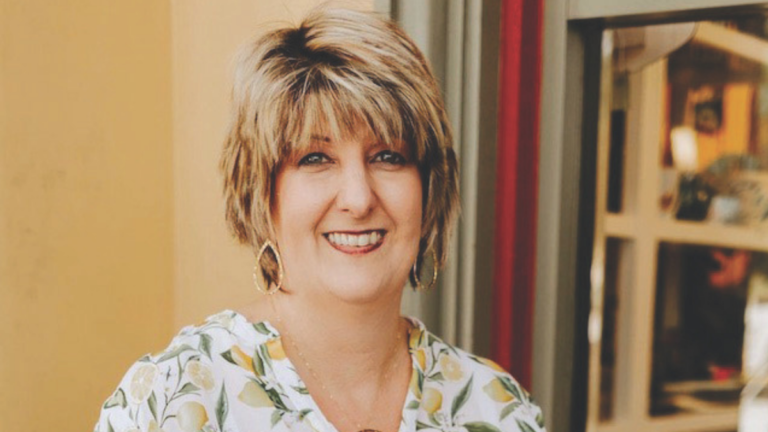Six weeks after Santa Cruz County Supervisor Ryan Coonerty announced that he wouldn’t seek reelection in 2022, the race to replace him has its first candidate.
Santa Cruz City Councilmember Shebreh Kalantari-Johnson was as surprised as anyone to learn that Coonerty wouldn’t seek a third term. The idea of running for supervisor to try and be his replacement someday wasn’t a new concept to her. It’s just that the opportunity came sooner than she expected, and she’s ready to run now.
“I’ve thought about it for a long time,” says Kalantari-Johnson, who has a passion for public health and who first won election to the council this past November. “It brings together a lot of the things that I care about and that I’m knowledgeable about.”
Over the years, Kalantari-Johnson, a grant writer by trade, has worked on health-oriented campaigns across Santa Cruz County—to reduce childhood obesity, encourage healthy eating, cut alcohol use in the community and limit cannabis use among youth. She explains that elected office at the county level lends itself well to public health policy, given that it’s a sizable chunk of the county budget.
Kalantari-Johnson has begun securing endorsements, including from Mayor Donna Meyers and fellow Councilmember Renée Golder—both of whom briefly considered running for the supervisor seat themselves before deciding against it.
“She’s a great lady, and super smart, and cares so much about the community,” Golder says, of Kalantari-Johnson. “I’m so excited she’s throwing her hat into the ring.”
Santa Cruz Councilmember Justin Cummings, who served as mayor last year, is also strongly considering a run, while he does outreach and connects with community leaders. He thinks he could be a great fit for the job.
“Given the complexities with what the city had to deal with last year, I was doing a lot of work with county supervisors and feel I could be effective in that position,” he says.
Santa Cruz Councilmember Martine Watkins, another former mayor, says she would be honored to serve as supervisor, but she doesn’t currently live in the 3rd District. This year is a redistricting year, meaning that the boundaries could shift, but she says it’s unlikely that she’ll be living in the district when all is said and done. Watkins and her family probably wouldn’t be interested in moving, either, she adds, which means she probably won’t run.
Right now, it’s still early, with the 2022 primary election about a full year away.
Nonprofit development director Kayla Kumar is exploring a run for the supervisor seat. Kumar, who narrowly missed out on a bid for the Santa Cruz City Council in November, says she’s been having conversations with community members and is working to learn more about the community’s needs, as well as about how she might be able to meet them.
If Kalantari-Johnson were elected to the Board of Supervisors, she would leave the City Council mid-way through her term. According to Santa Cruz’s City Charter, the council would be allowed to either call a special election to fill the seat or fill the seat by appointment. (In either case, the new councilmember would serve out the remainder of the term, through 2024.)
There are other changes afoot in Santa Cruz’s electoral landscape right now. The city of Santa Cruz is transitioning to district elections, with its new City Council map set to go into effect next year. In 2024, there will be an open Assembly seat, when Assemblymember Mark Stone terms out.
The city of Santa Cruz makes up the bulk of the 3rd District, which also stretches into Bonny Doon, Davenport and the community of Last Chance. But Kalantari-Johnson says that, ideally, supervisors should view their constituents as the entire county—not just the voters in their isolated district. She says that she’s gotten to know South County from her time serving on the Community Health Trust board.
Kalantari-Johnson won’t make her formal election announcement for another couple months, but she isn’t hiding the fact that she is running. “It’s not a secret. I’m letting people know,” she says.
Although she’s relatively new to Santa Cruz city government, Kalantari-Johnson says she already has a strong familiarity with local land use from her work getting involved in the siting of liquor stores and cannabis operations. If elected to the board, she says she would plan to prioritize workforce development and fostering a green economy.
With an eye toward public health, Kalantari-Johnson says that she would work to improve communication between the county’s various health agencies and programs. The county is on the right track with its response to the region’s homeless crisis, she says, but there’s always room for improvement.
“How can we increase our capacity, bring in resources from state and federal levels, so we can do more of what we’re doing in a bigger way?” she says. “I know I’m speaking big-picture, but that’s the approach I want to take.”
In general, Kalantari-Johnson says she’s excited by the prospect of trying to create a healthier Santa Cruz County.
“That’s what makes me want to do this. It’s going to be a year and a half of hard campaigning,” she explains. “Should the voters select me and I’m chosen, it’s going to be a lot of hard work, and the hard work doesn’t scare me. It excites me, because I know, together with partners in the community, I really can impact our community well-being.”
Additional reporting by Mat Weir.


